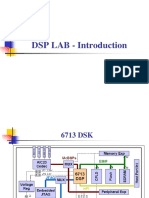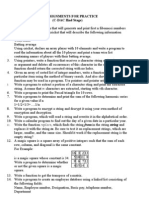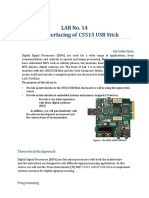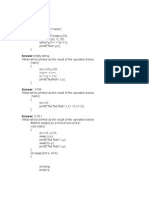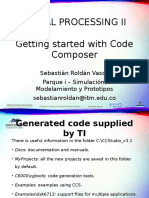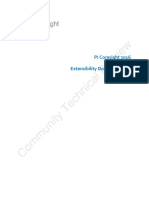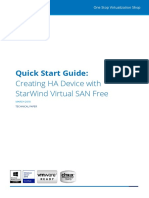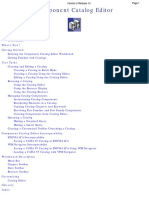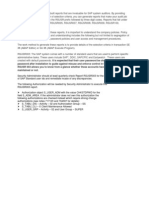0% found this document useful (0 votes)
60 views26 pagesC File System File Functions
This document describes an experiment using C file input/output functions to read and write audio data files. The goals are to get familiar with the Code Composer Studio environment, write a C program to read and write audio data files, and understand how binary data is handled differently than text data. It provides step-by-step instructions for creating a CCS project, setting up the build environment, loading and running a program that reads an input audio file and writes an output wav file. It also proposes new experiments involving converting the data to ASCII integers and plotting the waveform.
Uploaded by
Moh MohCopyright
© © All Rights Reserved
We take content rights seriously. If you suspect this is your content, claim it here.
Available Formats
Download as PDF, TXT or read online on Scribd
0% found this document useful (0 votes)
60 views26 pagesC File System File Functions
This document describes an experiment using C file input/output functions to read and write audio data files. The goals are to get familiar with the Code Composer Studio environment, write a C program to read and write audio data files, and understand how binary data is handled differently than text data. It provides step-by-step instructions for creating a CCS project, setting up the build environment, loading and running a program that reads an input audio file and writes an output wav file. It also proposes new experiments involving converting the data to ASCII integers and plotting the waveform.
Uploaded by
Moh MohCopyright
© © All Rights Reserved
We take content rights seriously. If you suspect this is your content, claim it here.
Available Formats
Download as PDF, TXT or read online on Scribd
/ 26





